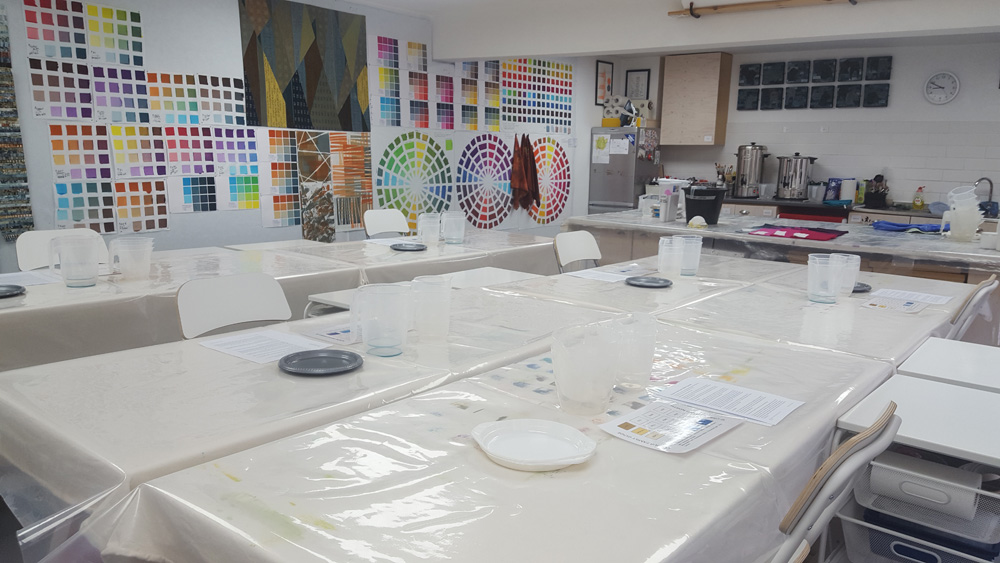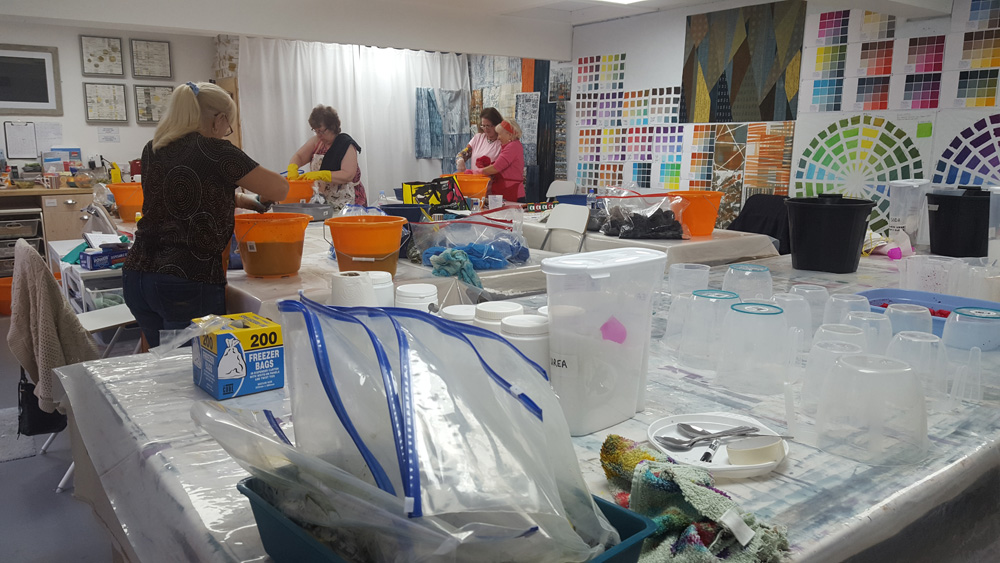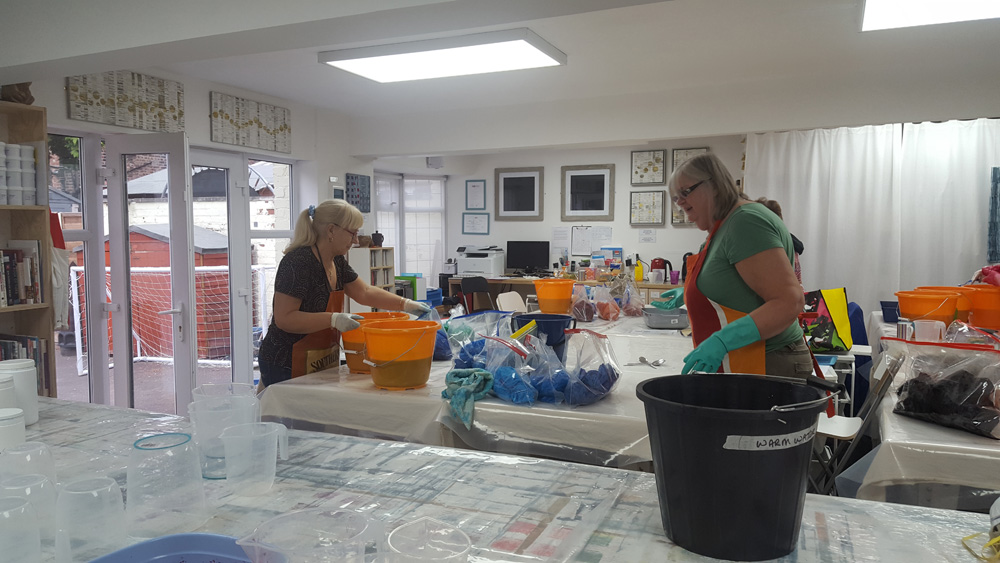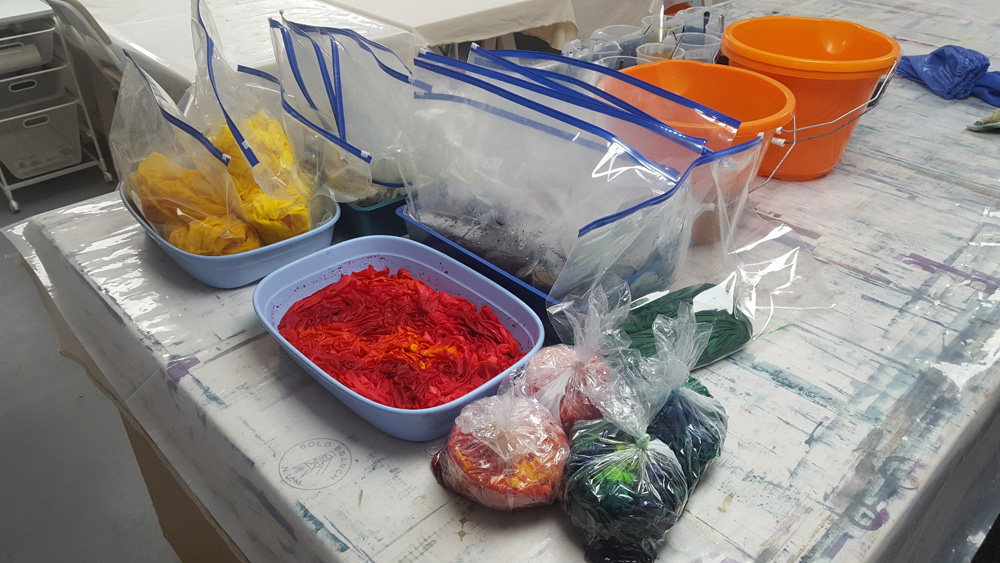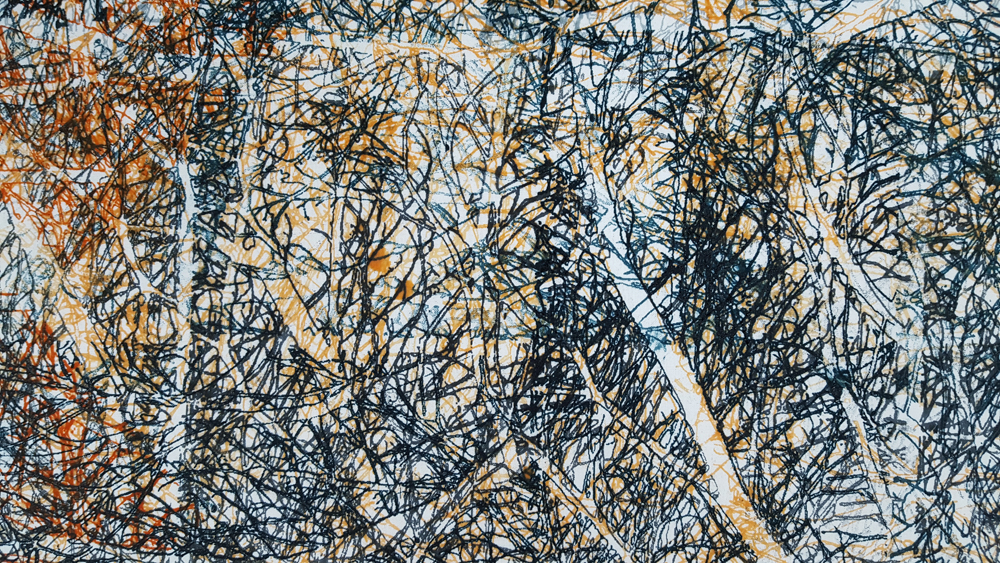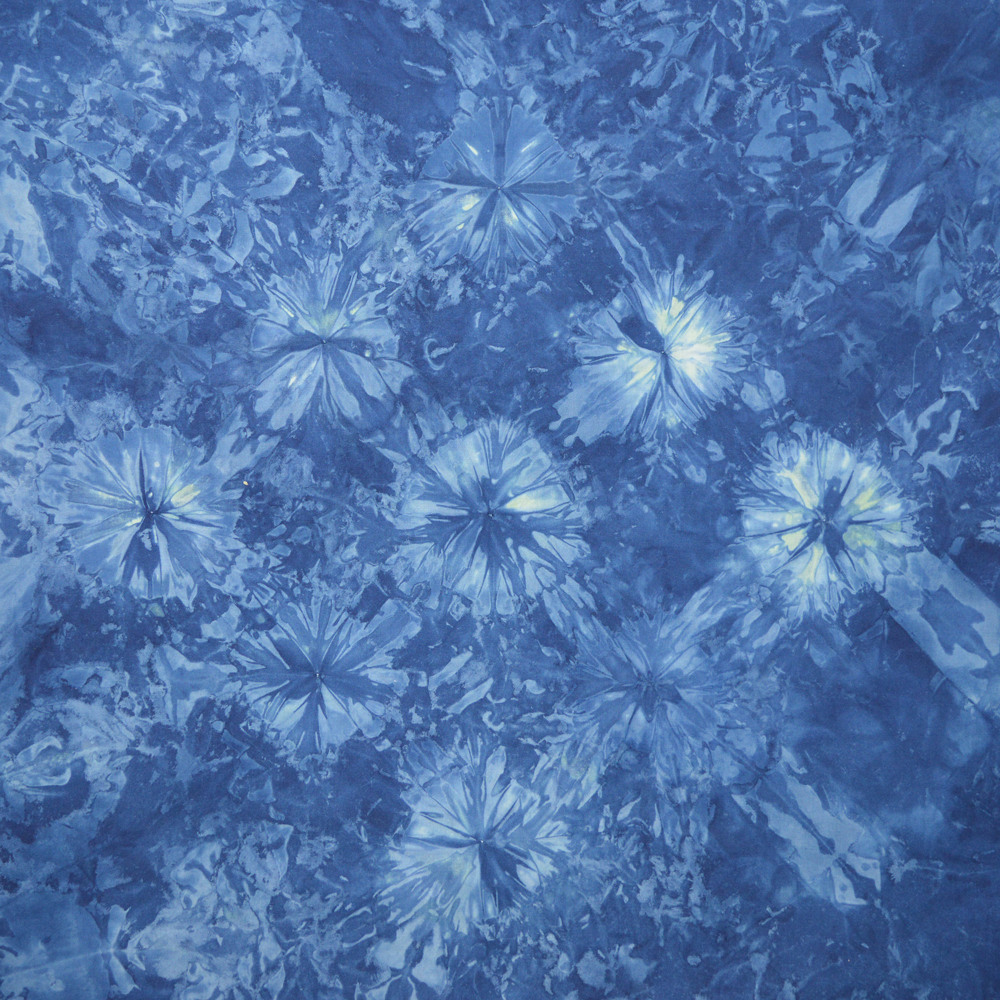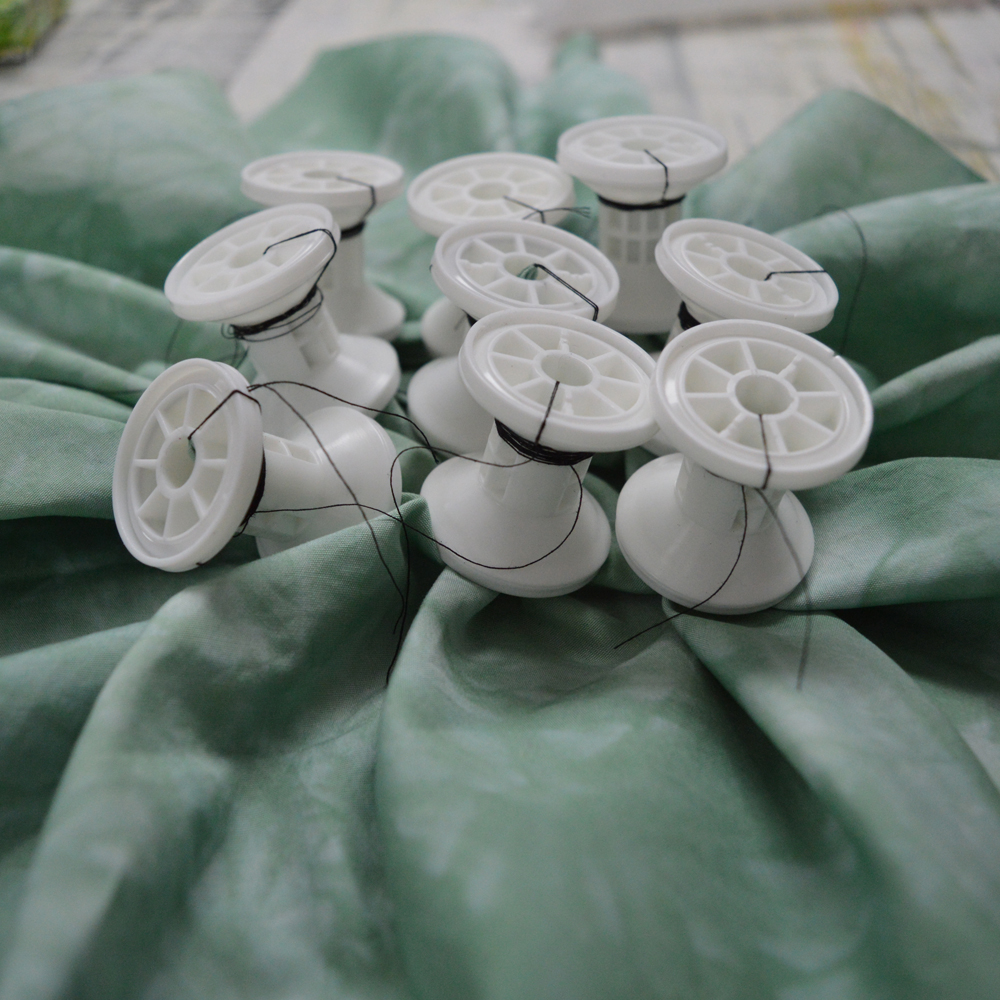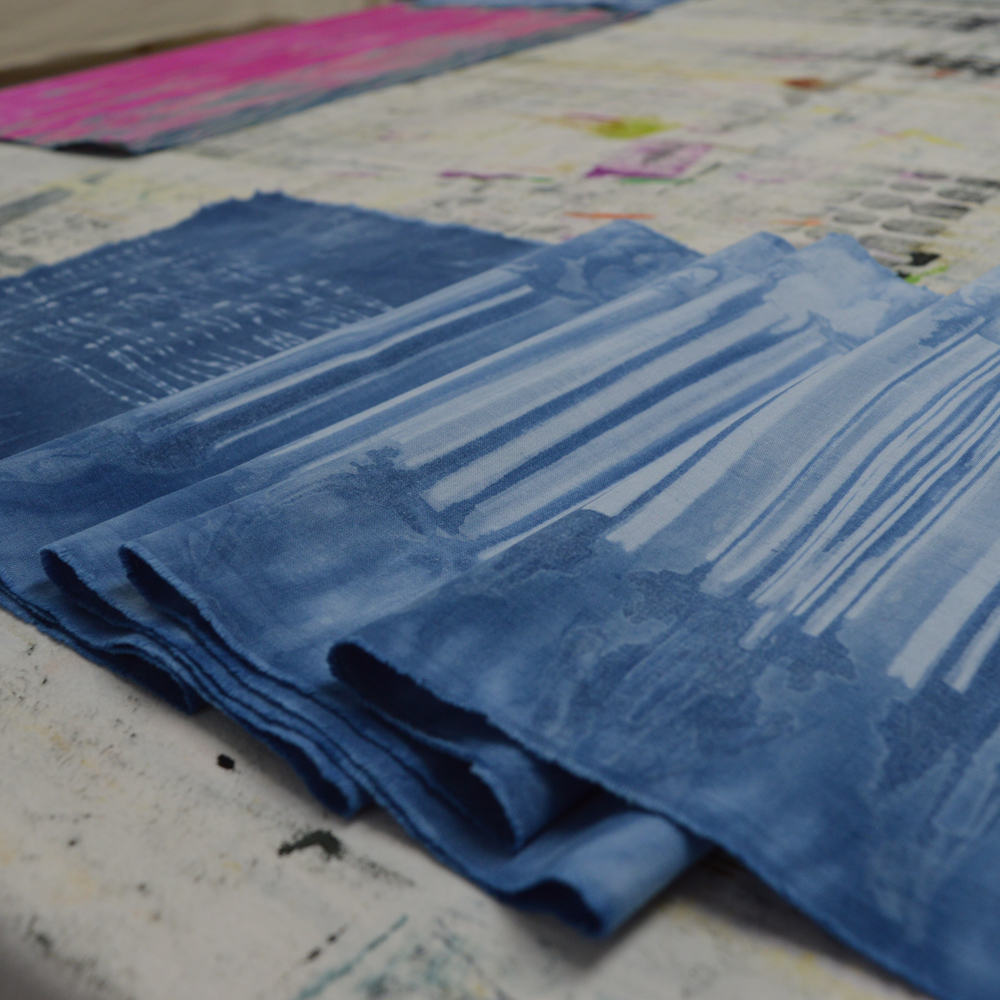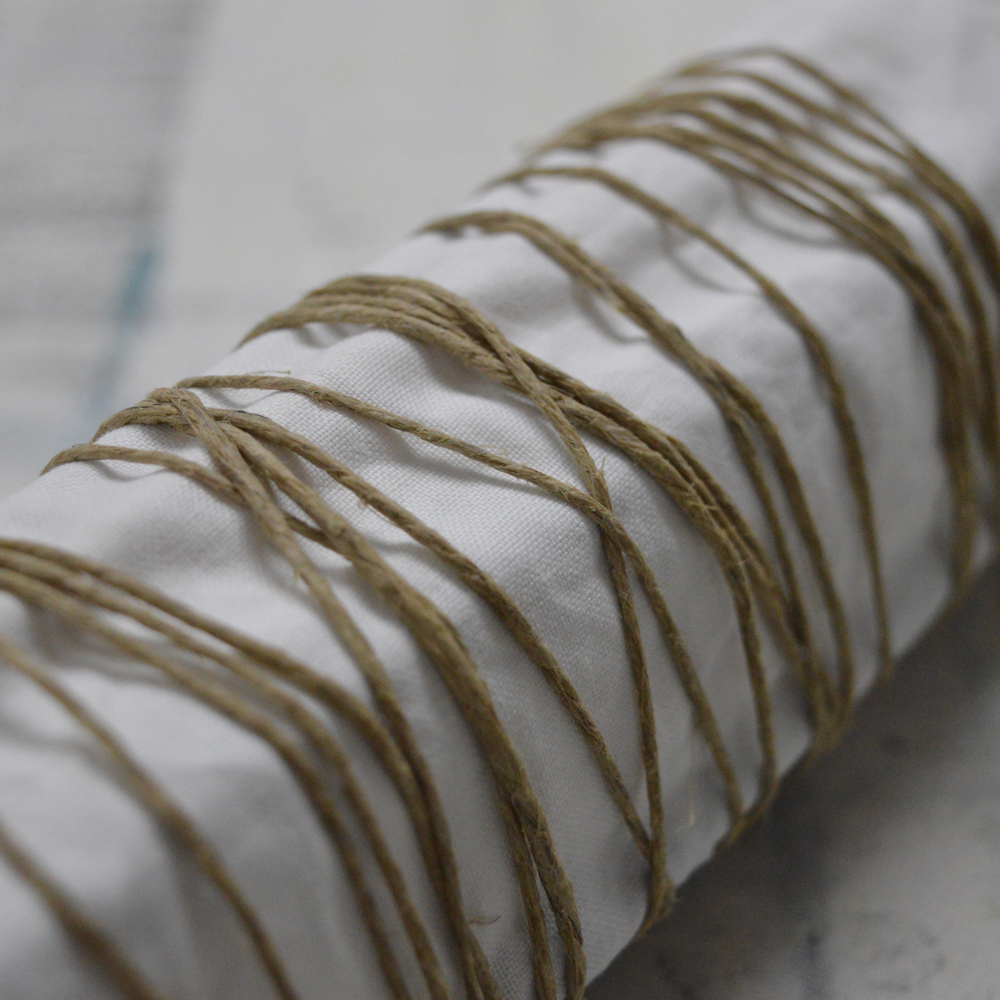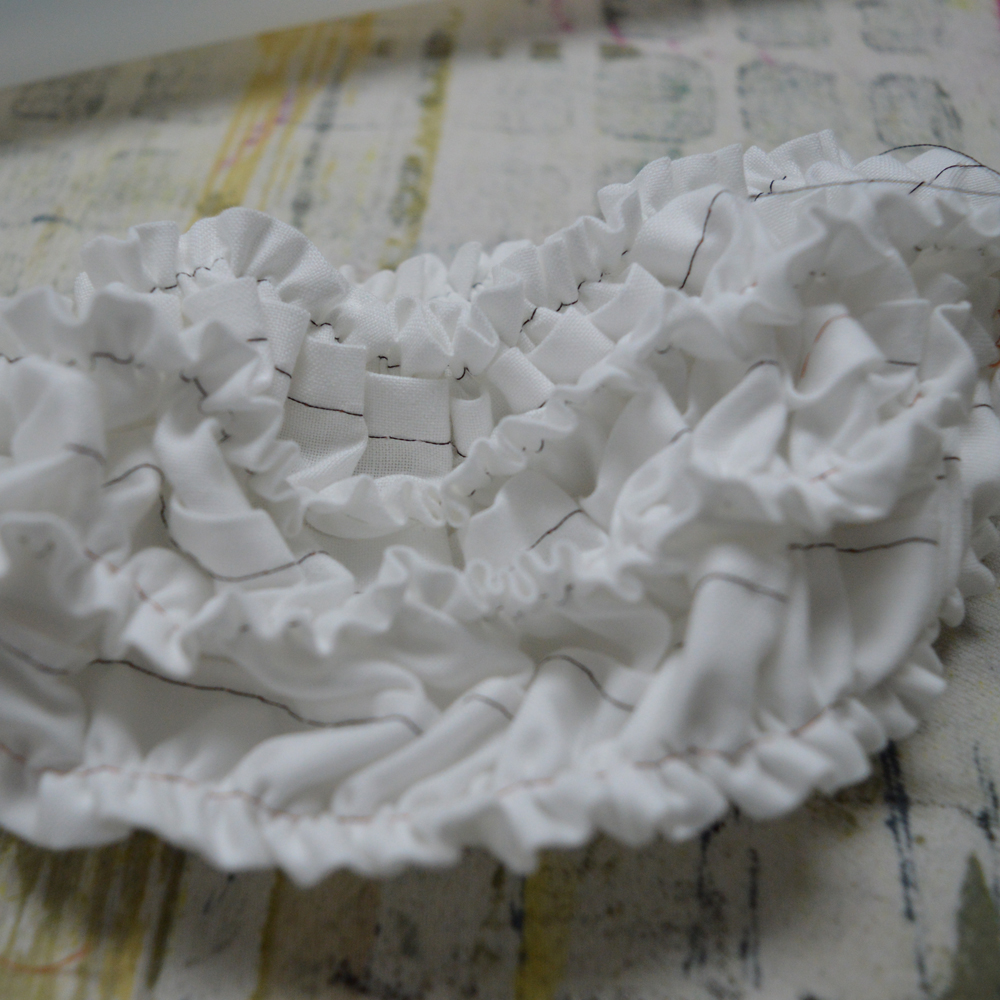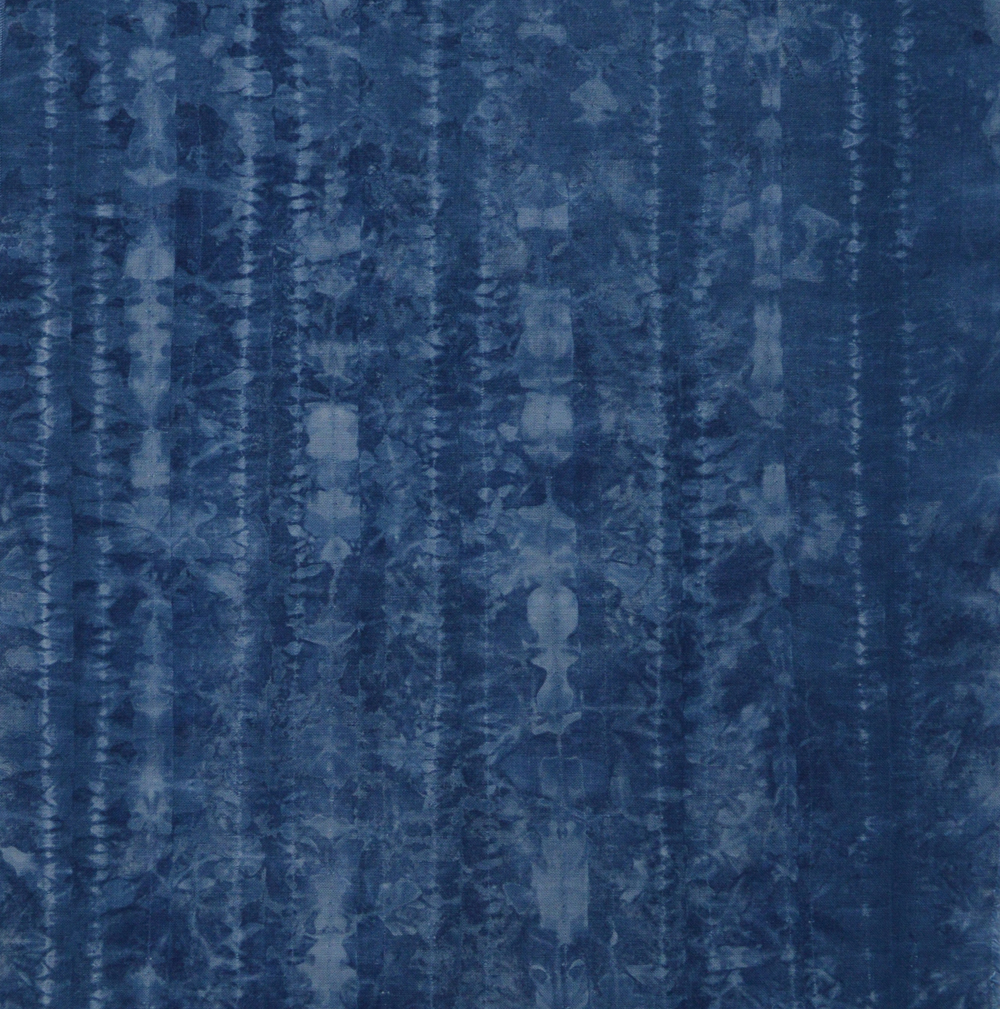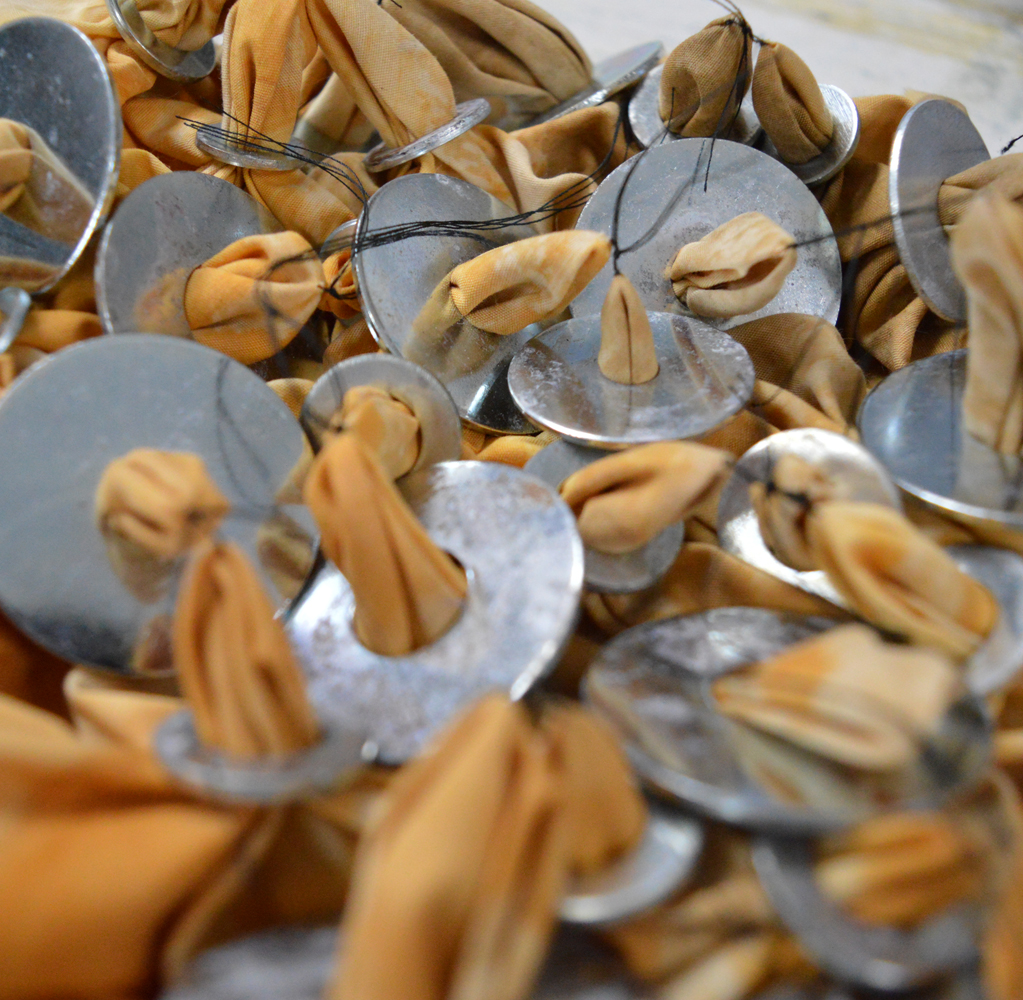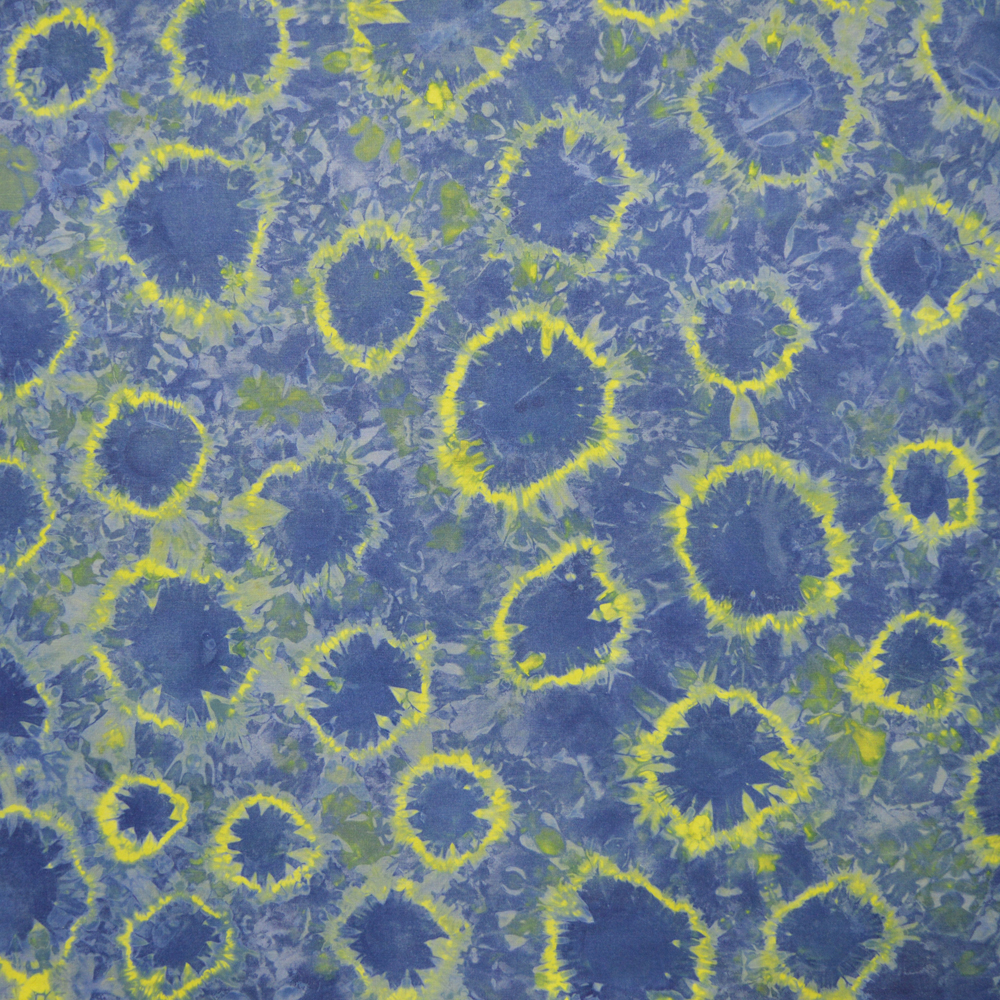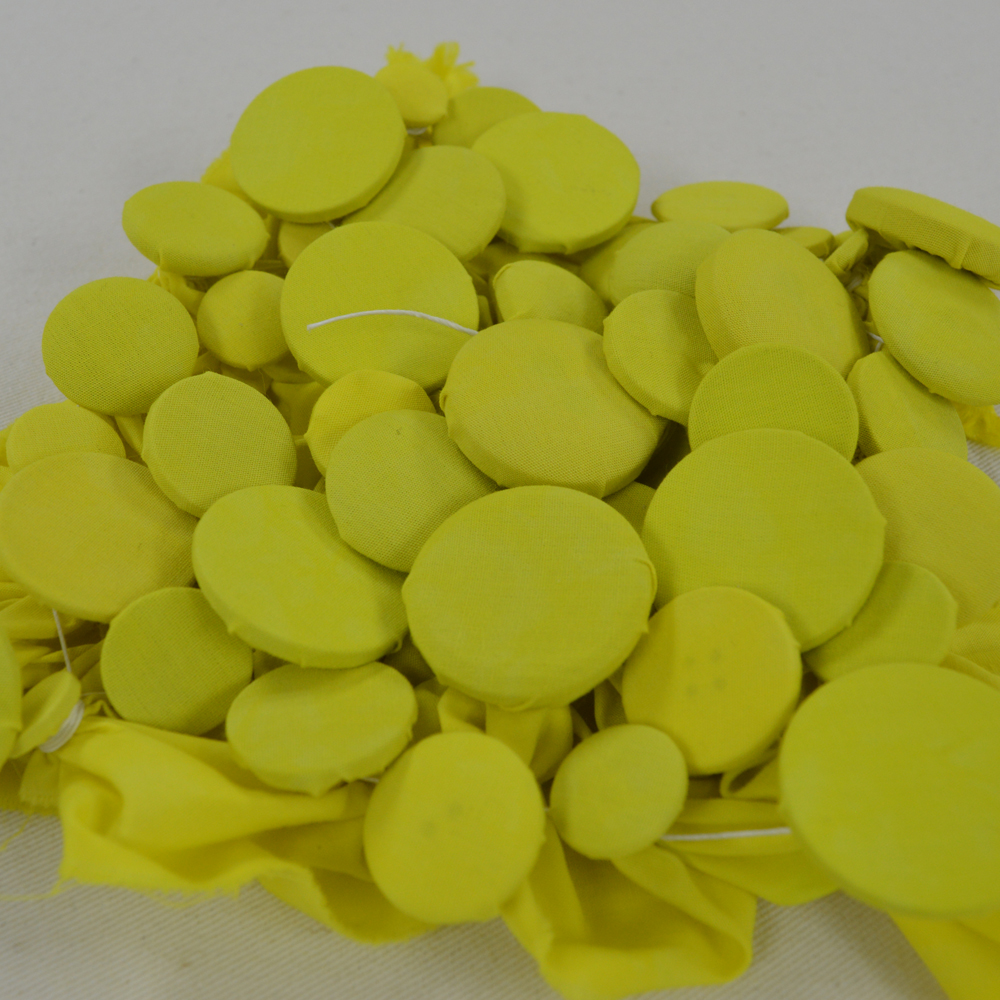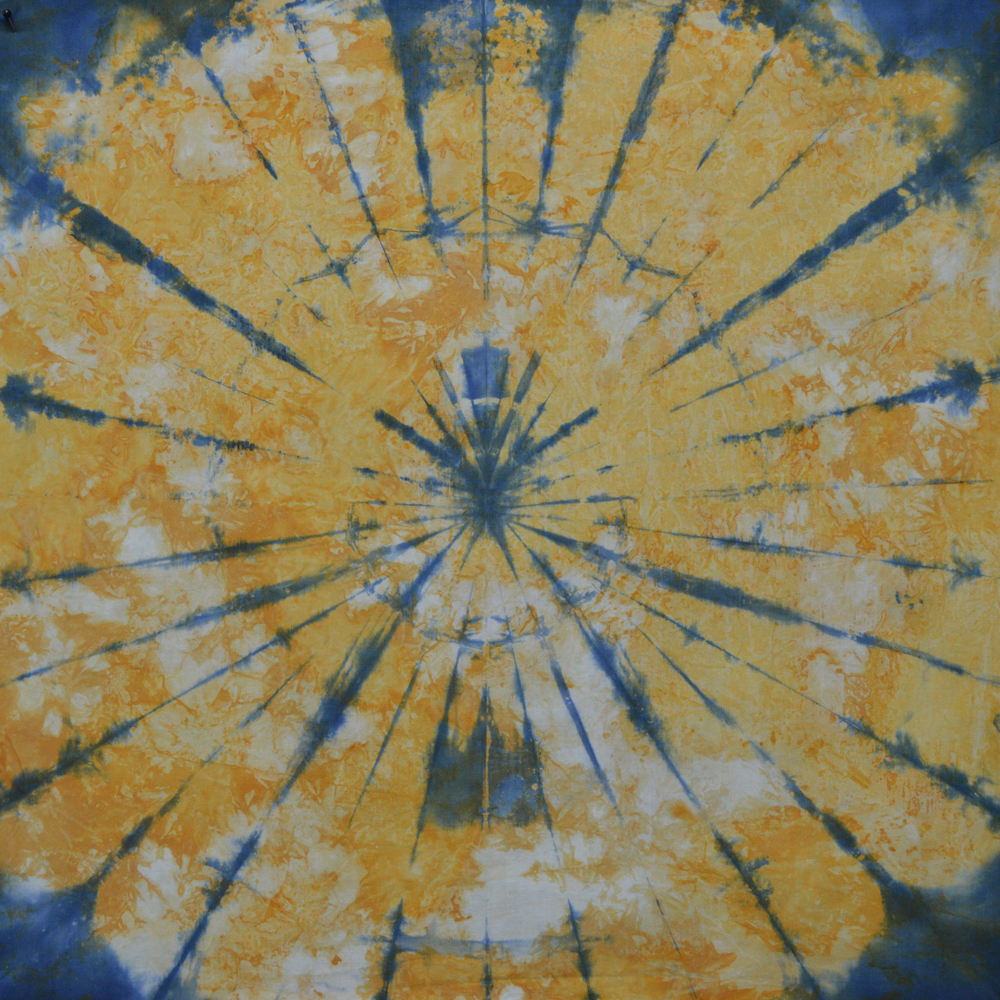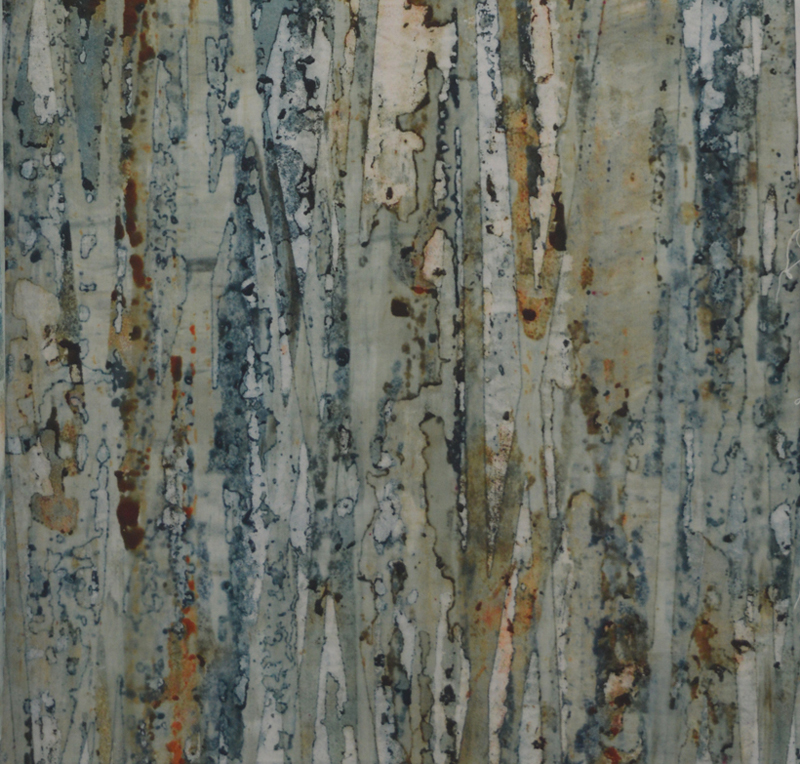I’ve just finished setting up the studio for this weekends classes with my day a month Introduction to Surface Design students so it seemed like a great time to tell you about my new course - Creative Surface Design which starts in September 2019. I have developed the course for those of you who have had exposure to lots of different surface design techniques and have a head full of ideas but are not sure how to transfer ideas into finished cloth.
The course will be run over 5 weekends spread over an 8 month period. I’ve chosen this format rather than a day a month as being able to leave work on the bench and come back to it the next morning allows for deeper exploration of an idea; it allows you to take your time rather than hurrying to finish. Because I am ‘me’ the course will start with a focus on colour and the power of using a restricted colour set or family. There is a loose structure for each weekend but the exact content will be largely driven by the individual students. I’ll give demonstrations as needed but I am assuming a basic understanding of dyeing and printing techniques.
I’ve mentioned before in this blog that I’m not a ‘sketchbook’ type of person as I tend to work directly, intuitively onto fabric with a lot of my design process happening in my head. But I do keep a journal where I write down ideas, and importantly, where I critique my own work. I will be encouraging students on the Creative Surface Design course to keep some form of personal record - whatever form they are comfortable with - and will have a one to one review with each student each weekend to support them as they develop their ideas and their own way of working.
All the details are on my website. Or, maybe you can come see me at the Knitting and Stitching Show in Harrogate, 22 to 25 November, stand TG626!






